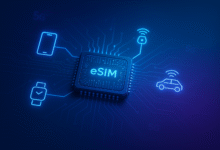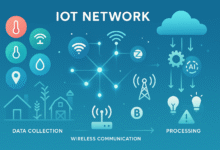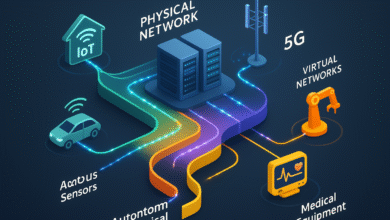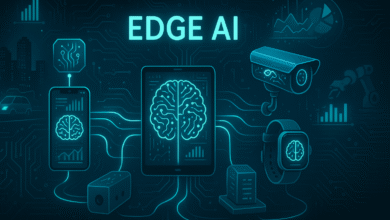5G vs Wi-Fi 6: Which Is Better for IoT in Germany?
Compare 5G vs Wi-Fi 6 for IoT in Germany. Discover which wireless tech suits smart homes, industry, and mobility best in Germany’s digital future.
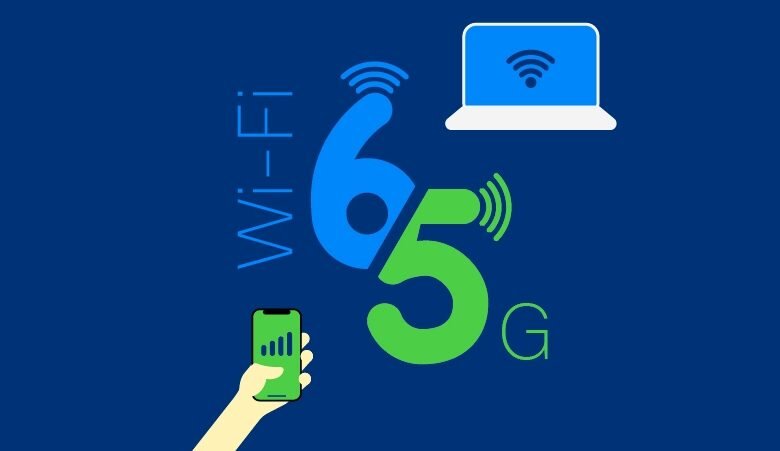
As Germany positions itself at the forefront of technological innovation, the Internet of Things (IoT) has become a vital driver of digital transformation. From smart cities and autonomous vehicles to connected factories and intelligent healthcare, IoT is reshaping how people live and work. But for this transformation to be effective, the underlying connectivity must be robust, fast, and reliable. This brings us to the inevitable debate: 5G vs. Wi-Fi 6—which is better for IoT in Germany?
In this in-depth article, we will explore the core differences between 5G and Wi-Fi 6, evaluate their advantages and limitations, and assess their suitability for IoT applications specific to Germany’s unique industrial, urban, and regulatory landscape.
Understanding the Basics: What Are 5G and Wi-Fi 6?
5G is the fifth generation of cellular network technology. It promises ultra-fast speeds, extremely low latency, and support for a massive number of connected devices per square kilometer. In Germany, 5G rollouts are being driven by major telecom providers like Deutsche Telekom, Vodafone, and Telefónica Deutschland.
Wi-Fi 6, or 802.11ax, is the latest iteration of wireless local area network (WLAN) technology. It brings significant improvements over its predecessor, Wi-Fi 5, including faster data rates, better performance in congested areas, and improved battery life for connected devices.
Though both 5G and Wi-Fi 6 aim to improve wireless connectivity, they operate in different environments and are suited for different use cases. Understanding these differences is essential for determining which technology is more appropriate for IoT in Germany.
Speed and Latency: Real-Time Performance Matters
In the realm of IoT, speed and latency can be the deciding factors, especially in mission-critical applications such as remote surgery, autonomous driving, and industrial automation.
- 5G offers peak data rates of up to 10 Gbps and latency as low as 1 millisecond. This makes it ideal for real-time applications and high-speed data transmission across long distances.
- Wi-Fi 6 provides maximum data rates of around 9.6 Gbps with latency as low as 5-10 milliseconds. While it may not match the ultra-low latency of 5G, it is more than adequate for most consumer and commercial IoT applications.
In Germany, where industries such as automotive manufacturing and logistics demand ultra-reliable low-latency communications (URLLC), 5G holds a clear edge. However, in smart homes and office environments, Wi-Fi 6 is more than capable.
Coverage and Mobility: Nationwide Reach vs Local Networks
Another key consideration in the 5G vs. Wi-Fi 6 debate is coverage and mobility.
- 5G networks are designed for wide-area coverage. In Germany, 5G deployment is progressing rapidly, with the federal government supporting spectrum auctions and infrastructure investment. By 2025, 5G is expected to cover most urban and rural areas.
- Wi-Fi 6, on the other hand, is confined to local networks such as homes, offices, and public hotspots. Its reach is limited by the router’s signal strength and cannot match the mobility offered by 5G.
For IoT applications that require seamless mobility—like smart transportation or fleet management across cities—5G is clearly more suitable. But for static applications such as smart thermostats or in-building sensors, Wi-Fi 6 remains a strong contender.
Device Density and Network Efficiency: Handling IoT at Scale
Germany’s vision for a smart, connected future involves a vast number of IoT devices operating simultaneously. Network efficiency and the ability to handle device density are crucial.
- 5G supports up to 1 million devices per square kilometer, making it highly scalable. Its network slicing feature allows customized connectivity for different applications, enhancing efficiency.
- Wi-Fi 6 also introduces significant improvements in this area. Features like Orthogonal Frequency Division Multiple Access (OFDMA) and Target Wake Time (TWT) enable better bandwidth sharing and power efficiency.
When it comes to dense IoT environments, such as smart factories in Stuttgart or large-scale events in Berlin, 5G’s scalability makes it the superior choice. Wi-Fi 6 still performs well in high-density indoor environments like offices or shopping malls.
Security and Privacy: Safeguarding Sensitive Data
Data security is a top priority for IoT implementations, especially in privacy-conscious countries like Germany, where regulations like GDPR are strictly enforced.
- 5G includes advanced security features such as end-to-end encryption, mutual authentication, and integrity protection. Its architecture allows for secure, isolated network slices tailored to specific applications.
- Wi-Fi 6 also enhances security with WPA3 encryption, offering better protection against brute-force attacks and data breaches compared to previous generations.
In regulated sectors such as healthcare and finance, 5G may offer stronger security guarantees. However, Wi-Fi 6 provides robust security features that are sufficient for most consumer-level IoT applications.
Cost and Deployment: Infrastructure and Economics
Cost is a major factor for businesses and municipalities planning to adopt IoT at scale.
- 5G infrastructure requires significant investment in base stations, antennas, and spectrum licensing. While telecom providers bear much of this cost, businesses looking for private 5G networks (common in German manufacturing) face high initial expenses.
- Wi-Fi 6 is generally cheaper and easier to deploy, especially in existing indoor environments. Routers and access points are readily available and can be integrated without extensive infrastructure changes.
For SMEs and budget-conscious organizations in Germany, Wi-Fi 6 offers a cost-effective entry point into IoT. Larger enterprises or public services aiming for high performance and scalability may find the investment in 5G worthwhile.
Use Case Scenarios in Germany
To understand the 5G vs. Wi-Fi 6 choice better, let’s consider some specific IoT scenarios in Germany:
- Smart Manufacturing (Industrie 4.0): Requires ultra-reliable connectivity and low latency. 5G is preferred.
- Smart Homes and Buildings: Benefit from easy deployment and local connectivity. Wi-Fi 6 is ideal.
- Connected healthcare demands secure and real-time data exchange. 5G holds an edge.
- Retail and Hospitality: Requires high-density support and cost-effective solutions. Wi-Fi 6 excels.
- Autonomous Vehicles and Smart Roads: Need wide-area, high-mobility coverage. 5G is indispensable.
Regulatory Environment and Spectrum Availability in Germany
Germany has been proactive in enabling spectrum access for 5G, particularly for private industrial networks. The Federal Network Agency (Bundesnetzagentur) has reserved frequencies in the 3.7 to 3.8 GHz band for local 5G networks. This regulatory support is accelerating the adoption of 5G in sectors like manufacturing, logistics, and energy.
Wi-Fi 6 operates in the unlicensed 2.4 GHz and 5 GHz bands, making it easier to deploy but also subject to more interference. However, the recent opening of the 6 GHz band for Wi-Fi 6E in Europe, including Germany, could significantly improve performance and availability.
Future Outlook: Coexistence, Not Competition
Rather than viewing 5G vs. Wi-Fi 6 as a zero-sum battle, it’s more productive to see them as complementary technologies. In many cases, the future of IoT in Germany will involve a hybrid approach, leveraging the strengths of both technologies.
- Enterprises might use Wi-Fi 6 for internal operations and 5G for external, mobile use cases.
- Smart cities may deploy Wi-Fi 6 in public spaces while using 5G for traffic management and emergency services.
Conclusion
The answer to the 5G vs. Wi-Fi 6 debate depends largely on the specific requirements of the IoT application:
- Choose 5G for wide-area, high-mobility, and ultra-reliable use cases.
- Choose Wi-Fi 6 for localized, cost-effective, and high-density environments.
For Germany’s IoT ecosystem to thrive, businesses, policymakers, and technology providers must recognize the strengths of both technologies. By investing in the right connectivity solution for each use case, Germany can continue to lead in the global IoT revolution.
